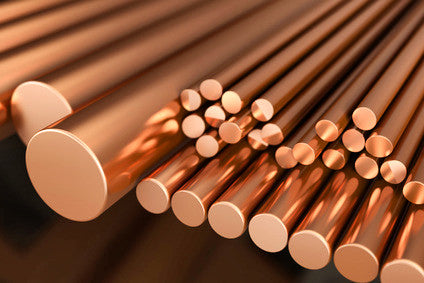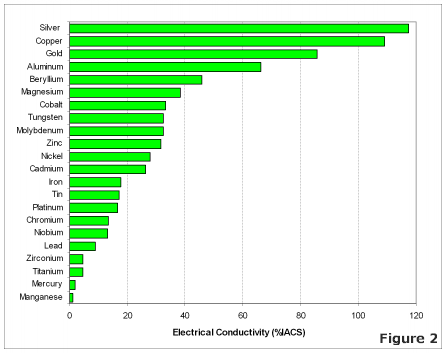Why We Use Silver in Our Cables
One effect that is much discussed with wire and cable is skin effect. The formula for skin effect on a copper wire is: Depth (inches) = 2.61/sq rt Frequency. What this means is that, as frequencies get higher, the signal begins to migrate to the outside of the conductor. Skin effect begins to be measurable at 5 kHz on a 12 AWG wire, where 91% of the wire is then in operation. Even at 20kHz, arguably the end of the analog audio spectrum, the skin effect of a 12 AWG wire means that 46% of the wire is being used. There is nothing you can do to improve the performance of each conductor in your speaker cable, or the center conductor in your audio or video interconnect, except get a good wire to begin with.

It is possible to improve performance simply by adding a layer of silver onto the copper wire. Silver itself is hard to extrude as a wire, it is very brittle, and does not lend itself to "annealing" (softening) as do copper wires. And it is very expensive. But as far as conductivity (resistance), silver is the king.

There is a second good reason to use silver-coated copper, and that is "oxidization". Many metals, including copper and silver, oxidize when they are open to the atmosphere. You've probably seen a copper roof all turned green. You have probably seen oxidization on silverware. Copper oxide is bad news. It is a "semiconductor". This is one reason that cables are made specifically to cover the copper components inside, and why cables intended for inside the home don't last long when used outside. Silver has one key advantage over copper and that is that silver oxide has exactly the same performance (resistance) as bare silver. So silver-coated copper conductors have a much longer potential life than bare copper.







